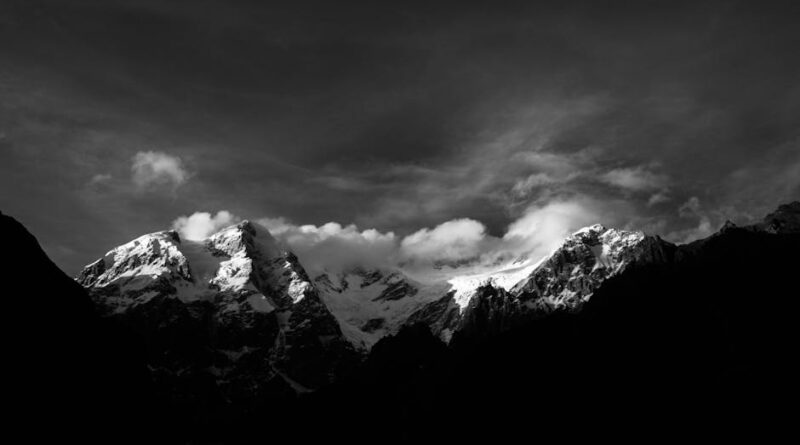Editing Black and White Photos Like a Master
Black and white photography holds a unique charm. It strips away color distractions and lets the viewer focus on shapes, textures, and emotions. But how do you take a good black and white photo and make it great? In this guide, well explore simple yet effective techniques to elevate your black and white images.
Why Choose Black and White Photography?
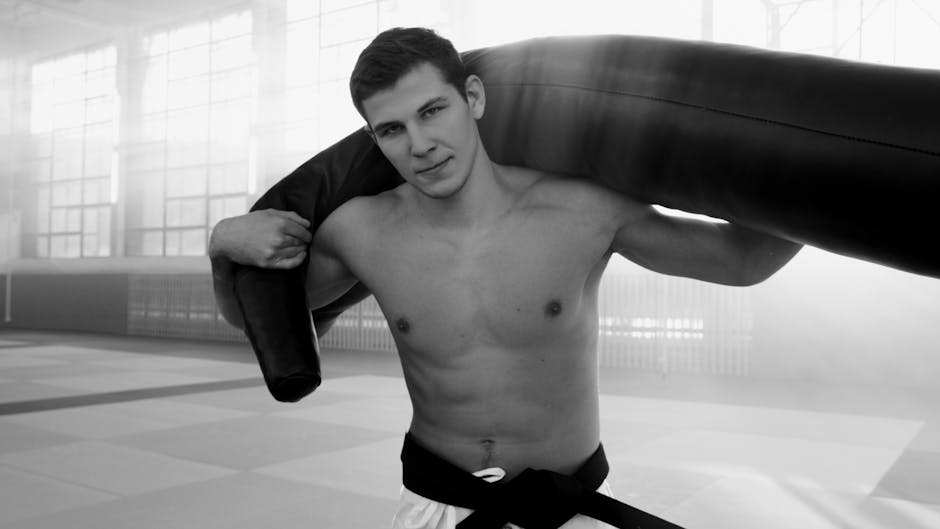
Many photographers love black and white for it’s timeless feel. But why is that? Here are a few reasons:
- Focus on Emotion: Without color, emotions often stand out more clearly.
- High Contrast: The play between light and dark creates drama.
- Classic Appeal: Black and white photos have a vintage vibe that many find appealing.
So, whether you’re a beginner or an experienced photographer, enhancing your black and white images can lead to striking results. Lets dive into the editing process!
What Tools Do You Need?
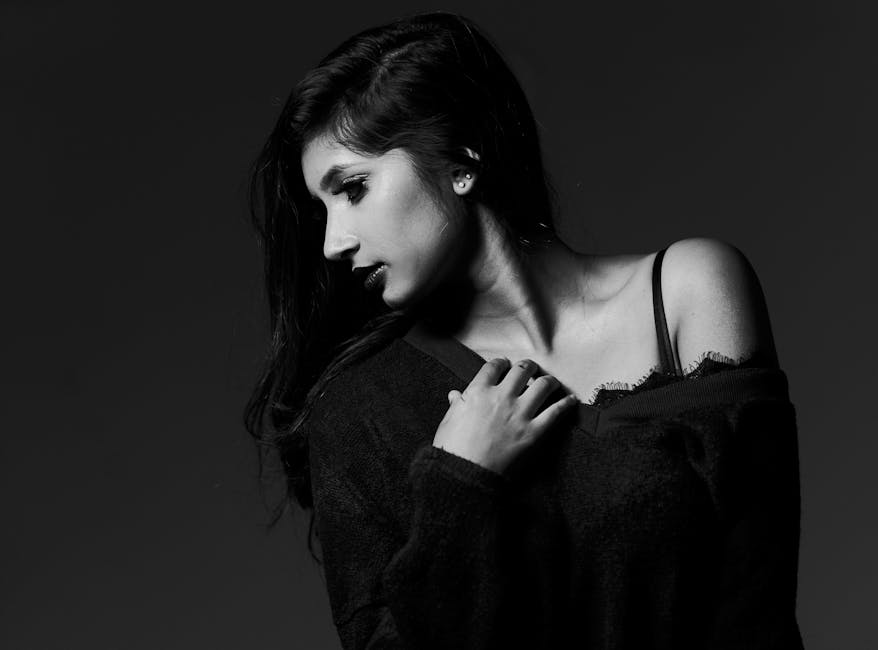
Before you start editing, you need the right tools. Here are some popular editing software options:
- Adobe Lightroom: Great for beginners and pros alike.
- Adobe Photoshop: Offers more advanced features for detailed edits.
- GIMP: A free alternative with powerful editing capabilities.
Choose a tool that feels comfortable for you. Each has its own strengths, so try a few to see which one you like best.
How to Convert to Black and White Effectively?
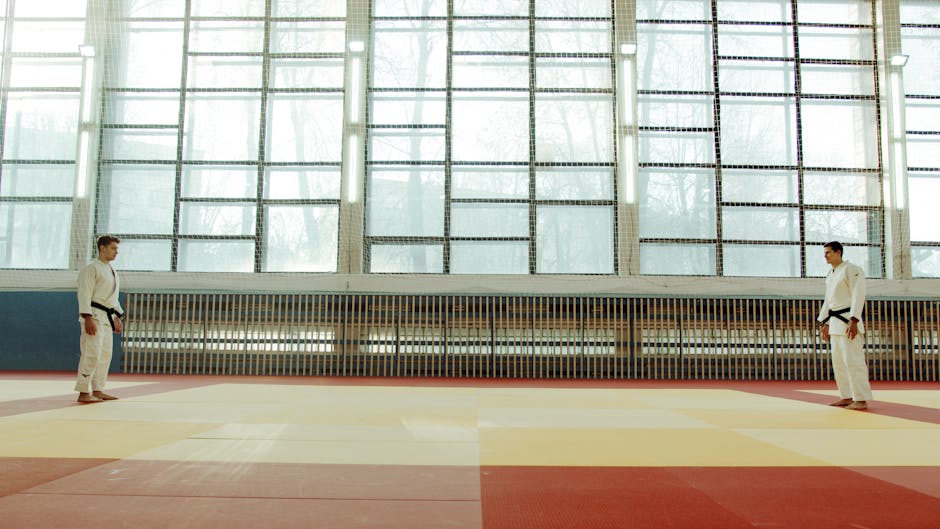
Not all color photos convert well to black and white. Heres what to keep in mind:
- Choose the Right Image: Look for strong contrasts, interesting shapes, and textures.
- Use Filters: Some software lets you choose color filters that can enhance different tones.
For instance, if your original photo has a blue sky, using a yellow filter can lighten that sky in black and white, creating more depth. Play around with different settings to see what works best.
What About Contrast and Brightness?
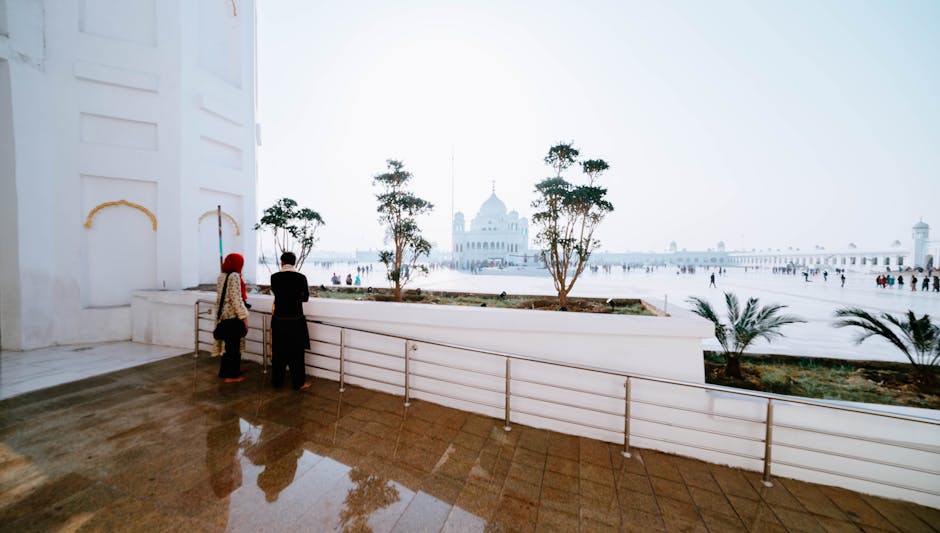
Contrast is key in black and white photography. Increasing it can add drama, while reducing it can create a softer look. Heres how to adjust:
- Increase Contrast: Make darks darker and lights lighter for a bold effect.
- Adjust Brightness: Ensure your photo isn’t too dark or too bright. Find a balance.
A good rule of thumb is to look for a sweet spot where the image pops without losing detail.
How Do You Enhance Textures?
Textures can bring your black and white photos to life. Heres how to make them stand out:
- Sharpening: Increase sharpness to highlight details.
- Clarity: Adjust clarity settings to enhance textures without overdoing it.
For example, a close-up shot of a weathered wooden door can become a stunning focal point with the right texture enhancements.
What About Noise and Grain?
Sometimes, adding grain can enhance the artistic quality of your photo. But how do you manage noise?
- Use Noise Reduction: Software often has noise reduction features. Use them sparingly to preserve detail.
- Add Grain: If your photo lacks texture, a little grain can add character.
Think of grain as a way to evoke nostalgia. Just be careful not to overdo it!
How to Use Vignetting Effectively?
Vignetting darkens the corners of your photo, drawing the viewer’s eye toward the center. Here’s how to use it:
- Subtlety is Key: A slight vignette can enhance the focus, while too much can be distracting.
- Adjust the Amount: Find the right balance where the photo feels natural yet focused.
Vignetting can be especially effective in portrait photography, where you want the subject to stand out.
Can You Add a Touch of Drama?
Creating drama in your photo can be achieved through several techniques:
- Dodging and Burning: Lighten specific areas (dodging) or darken others (burning) to enhance focal points.
- High Dynamic Range (HDR): Merge different exposures to create a more dynamic range of tones.
Using dodging and burning can help guide the viewers eye to the most important parts of your photo.
Are There Common Mistakes to Avoid?
Even seasoned editors make mistakes. Here are some common pitfalls to watch out for:
- Over-Editing: Less is often more. don’t go overboard with adjustments.
- Ignoring Composition: Make sure your composition is strong before editing.
Always step back and look at your image as a whole. Sometimes, less is more!
How Can You Learn More?
As with any skill, practice is key. Here are some ways to improve:
- Take Online Courses: Websites like Udemy and Coursera offer great photography courses.
- Read Photography Books: Books on black and white photography can provide deeper insights.
- Join Photography Communities: Engaging with others can help you learn and gain feedback.
Consider checking out Digital Trends for a list of valuable resources.
What Are the Takeaways?
Editing black and white photos can be an enjoyable and rewarding process. Heres a quick recap:
- Choose the right tools and photos.
- Focus on contrast, brightness, and texture.
- Be mindful of noise, grain, and vignetting.
- Practice regularly and learn from others.
Now that you know the basics, it’s time to put them into action. Grab your camera, take some photos, and start editing like a master!
With a little practice and patience, you can create stunning black and white images that captivate your audience.
